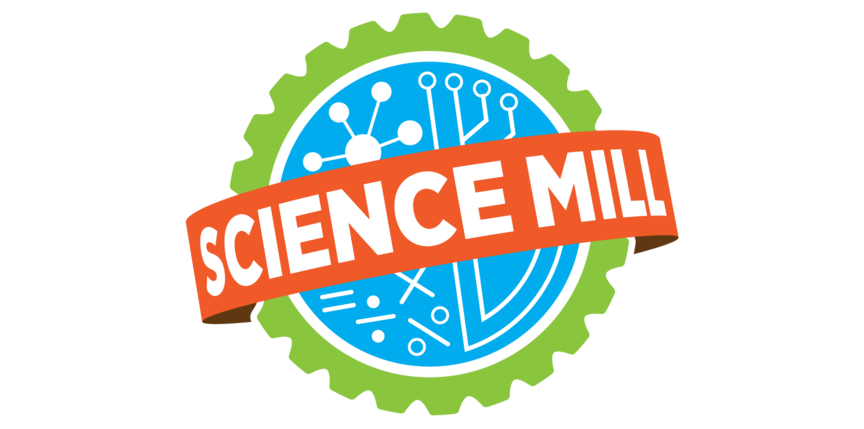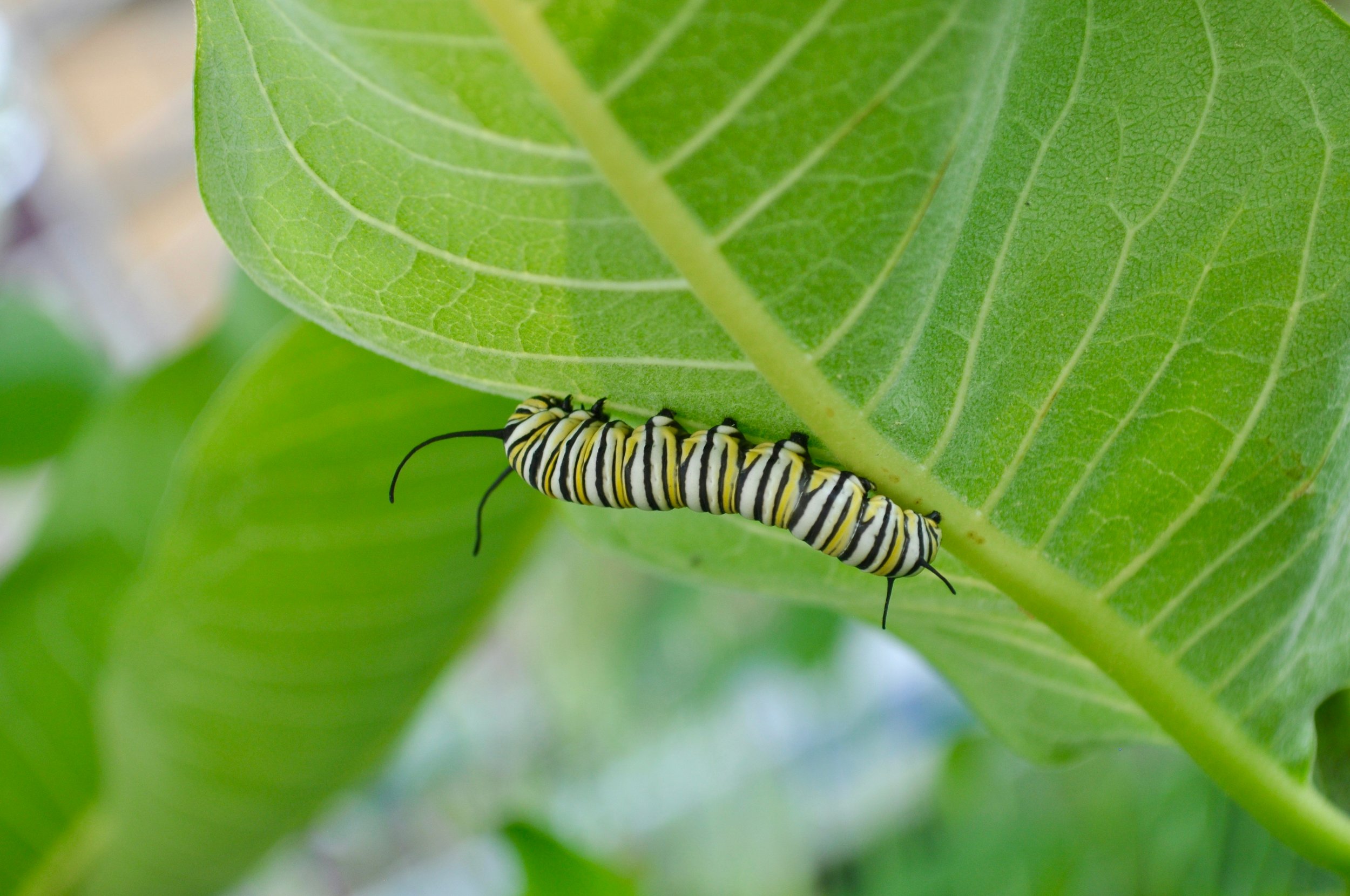We know that Texas, the second largest state in the country, has an incredibly diverse geology and ecosystem. It has tons of natural attractions like a sinkhole, sandhills, a desert, and more! But did you know that you can even find dinosaur tracks in the Lone Star State?
What are dinosaur tracks?
Source: Paul Baker / Friends of Dinosaur Valley State Park
You know how you make footprints when you walk on sand? Well, a long time ago, dinosaurs left footprints of their own — only in their case, they left their prints in hard mud that turned into sedimentary rock over time! These prints are called dinosaur tracks, which is an example of a trace fossil.
Trivia!
Scientists who study trace fossils, which are also known as ichnofossils, are called ichnologists.
WHY ARE DINOSAUR TRACKS IMPORTANT?
A paleontologist is a scientist who studies the history of life on Earth using fossil records
Dinosaur tracks are important because they serve as clues about the creatures that left them. The shape and location of the tracks can help scientists determine the potential species, and the pattern can indicate the dinosaur’s stride and behavior, among other things. These tracks, along with all the other fossils studied by paleontologists, give us a glimpse into the prehistoric world. How cool is that?
WHERE CAN YOU FIND DINOSAUR TRACKS IN TEXAS?
There are quite a few places in the state where you can find dinosaur tracks, including;
Dinosaur Valley State Park - Along the banks of the Paluxy River in Dinosaur Valley State Park are dinosaur tracks from 113 million years ago!
Heritage Museum of Texas Hill Country - Over 200 dinosaur tracks are located in this museum and 2.5 acre heritage site in Canyon Lake.
Canyon Lake Spillway - A historic flood in 2002 revealed the Canyon Lake Gorge, exposing ancient limestone, fossils, and dinosaur tracks from over 110 million years ago.
Leander Tracks - A short, beautiful hike in Leander will lead you to a few prehistoric tracks. Keep an eye out for them!
Government Canyon - The dinosaur tracks here are the only ones in south Texas located on public land. The 110-million-year-old tracks are believed to have been left by Acrocanthosaurus and Sauroposeidon dinosaurs.
Have you found others? Comment them below!
are there DINOSAUR TRACKS in Johnson City, TEXAS?
You bet! Selah, Bamberger Ranch Preserve, just a short drive from the Science Mill, is rich with Cretaceous period fossils and dinosaur tracks. The 5,500-acre preserve is committed to teaching ethical land stewardship through awesome events, workshops, and outreach activities.
Afterwards, you can try your hand at unearthing fossils at the Science Mill! Come check out the Fossil Dig exhibit at the Science & Art Park and see how many fossils you can discover!












